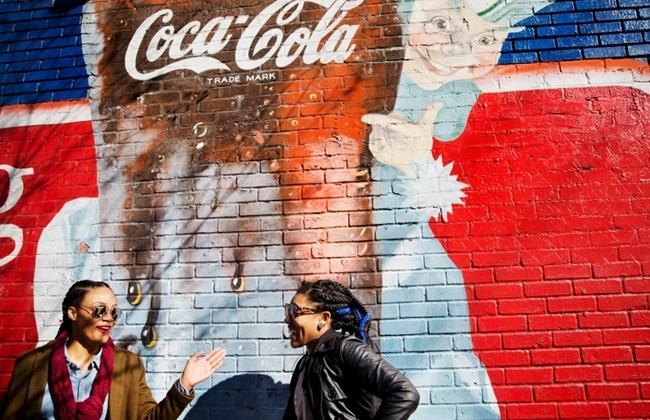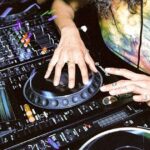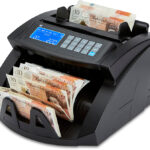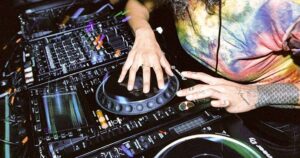
Key Music Trends in the Recent Past
If the music biz could strike a pose for the 10-year challenge’ (the social media craze comparing selfies from the start and end of this decade), then its glossy 2009 shot would surely be upstaged by a much more impulsive, increasingly worldly 2019 vision. The digital era has not just delivered endless playlists to pick from; it’s brought far-ranging scenes and styles into much tighter proximity, and the musical trends of the 2010s have really reflected that.
Click here to watch bibz tha don
African express
The rightly global recognition of contemporary African stars has been an enormous case in point. Africa’s essential impact on, and interaction with, international music is actually deep-rooted. Still, this decade saw a sort of Western mainstream awakening and the growth of youthful, anthemic’ Afrobeats’ (not to be confused with Fela Kuti’s 70s Afrobeat movement) as a catch-all pop term. Nigerian stars soared, including Davido (whose 2012 debut was entitled Omo Baba Olowo – Yoruba for’ Son of a Rich Man’ – and who’s Nigeria’s biggest Instagram account, with fourteen million followers), Wizkid (who raised the roof at London’s Royal Albert Hall), Mr. Eazi and Burna Boy. However, the sounds have been essentially panned African, including hip hop, Ghanaian highlife, South African kwaito, and much more.
US artists including Beyonce, Kanye West, and Kendrick Lamar took clear musical and visual inspirations from Bey, and African talents collaborated with numerous acts, including Wizkid, Eazi, Tiwa Savage, and Busiswa, on her 2019′ curated soundtrack’ for Disney’s remake of The Lion King. A diverse array of young British artists also referenced the African heritage of theirs, spanning Ghana, the Gambia, Zimbabwe, and beyond, including Londoners as Fuse ODG (whose exuberant 2014 debut album was TINA – This’s New Africa) and singer-songwriter/rapper J Hus, while the elegantly bold Shingai Shoniwa (former Noisettes frontwoman/bassist) took Bantu roots into new realms on her brilliant 2019 release Ancient Futures.
Korean craze
This was also the decade that K pop – evolving from early-’90s Korean pop – really kicked off a worldwide fan frenzy. Some credit should arguably go to Seoul singer/rapper Psy’s zany 2012 megahit and dance craze Gangnam Style. Psy understandably struggled to replicate that surreal viral success (Gangnam Style became the very first YouTube video to exceed one billion views; Obama name-checked it in a White House conference with South Korean President Park Geun Hye), but a slickly choreographed wave of K pop groups subsequently broke through. Dreamy boy band BTS seized international hearts, becoming the first Korean band to top the US Billboard charts (with 2018’s Love Yourself: Tear album), and packing out stadium dates; female group Blackpink also proved a smash hit import (they’re now the most subscribed act on YouTube, with thirty million subscribers) and keen collaborators, teaming up with the likes of Brit star Dua Lipa. The K-pop scene is actually vast and challenges the idea that English is actually the crucial lingua franca of mainstream music.
Latin pop love
Digital platforms also sparked a modern surge of Latin pop, notably the ubiquitous reggaeton smooch Despacito (2017) from Puerto Rico’s Daddy Yankee and Luis Fonsi; it also stands as YouTube’s biggest hit (currently 6.5 billion views). Major labels wised up to the power of vast Spanish-language territories; Latin audiences were recognized as key influencers in digital music (whereas previously, they might have been overlooked for their low spending on physical formats). The likes of Beyonce and Conor Maynard released Spanglish tracks (the latter covering Bad Bunny’s trippy Krippy Kush); Drake flirted with Dominican bachata rhythms; and Colombia’s J Balvin became a go-to collaborator for Bey, Pharrell, One Direction’s Liam Payne, and many more. Billboard reported that 2018 was Latin music’s most productive year in recent history, with twenty-four Spanish tracks on its US Hot hundred chart; in 2016, there had been just 4.
Everyone dance
Club culture went stadium-sized, with the peculiarly titled genre EDM (Electronic Dance Music) encompassing a dizzying array of styles, mostly associated with large US productions that drew heavily from Eurodance styles. Dance music has always had a transcontinental flow – house music originated in the US, while rave culture was conceived thirty years ago in Britain via the Balearics – but EDM saw it branded as a truly commercial force (with critics maligning its bangers-by-numbers). Brit DJ/producers, including Calvin Harris and Paul Oakenfold, relocated to the States, and Vegas became a lavish rave destination. Candy-headed US star Marshmello (whose iconic headgear echoed another electronic A-lister, Deadmau5) took the party into the virtual world in January 2019, playing an in-game concert within Fortnite Battle Royale.
Click here to watch in my prime


















